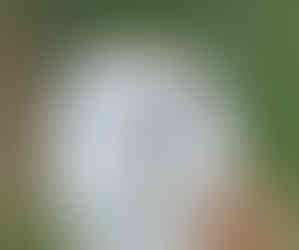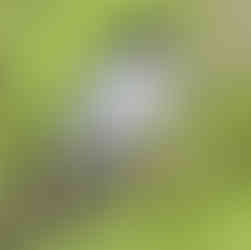Best of Cumbria and the Borders in May
- Sam
- Jun 6, 2023
- 3 min read
Updated: Jul 12, 2023

Bowness (8th) produced nothing special, but it was nice photographing the Black-tailed Godwit as they passed by the point in flocks of 50+ at times – and in decent light. The breeding Barn Owl had returned to its usual haunt, and a return visit (15th) enabled me to take some nice flight shots, but the light wasn’t great, and I struggled to get any shots that weren’t blurred. Glasson (15th), meanwhile, had a couple of nice Garden Warblers, which occasionally showed relatively well given their shy antics. I arrived at Langholm (20th) a little too late in the day (c.7am) and the Black Grouse (c.4) had moved off .

I had better luck with Cuckoo – at least 4, and these showed well in flight. I’d actually come for Short-eared Owl and Hen Harrier – but again, whilst they were showing, they were too distant for the camera, and the heat haze made photography impossible. Longtown later the same day (20th) eventually produced the Little Gull I had hoped for but sadly only a juvenile. I got reasonable flight shots showing the salient features. Much of the latter half of May was spent with me trying to photograph the breeding Lesser Whitethroat (by the local bridge), but really struggled. On all six visits (bar one) I heard the male singing away and got very familiar with its Chaffinch-cum-Whitethroat/Garden Warbler song (‘chi-chi-chi-chi-chi’ followed by a brief scratchy warble) and sometimes got within a metre or so of the bird, but it remained elusive in the extreme. I had far more luck with Yellowhammer, a species that seems increasingly uncommon these days – so I was pleased to get good views along local roads. Whilst cycling along the road towards the Lesser Whitethroat site on 23rd May, I flushed two birds from the roadside that then landed again in the field to my right. Hopping over the gate, I then saw them in flight again and could clearly see their striped backs and facial patterning (at least on one of the birds). Given the size, shape and patterning, these could only have been Common Quail! Annoyingly, having gone to ground, they remained there, completely hidden and I had no luck despite an extensive search.
Far more exciting was my visit to the Hallbankgate area (25th) where I had the most amazing views of Short-eared Owl. One bird in particular paid me close attention as I walked up the track. Its behaviour indicated that its nest was nearby, and so I left the area as soon as possible with the bird following me all the way – for a good few hundred metres. The supporting cast included Cuckoo (common, seen often in flight and perched distantly - and very vocal – especially around the plantation), Whinchat (one perched nicely on telegraph wires above the mini-carpark opposite the plantation, and Roe Deer.
My first ever visit to Castle Carrock & Jockey Shiel (27th) produced some good birds and the occasional photographic opportunity.

Coal Tit at the former site was nothing special, but the latter site had Common Redstart, Spotted Flycatcher, Pied Flycatcher, Tree Pipit, Grey Wagtail and Great Spotted Woodpecker. Wedholme (28th) had Little Ringed Plover and drumming Snipe, but also a very nice surprise in the form of a single Wood Sandpiper.
Closer to home, a couple of Bullfinches and Whitethroats showed well.
The most exciting day possibly was the 30th May when I eventually decided to ‘go down south’ for the only scarce bird in the county all month, down at Kendal (30th). Whilst I had seen the species in question before, I had never come across a male in breeding plumage singing as though its life depended on it! The bird in question? Common Rosefinch.
This stunning creature was well watched by a group of 10-20 of us in the end, as it played hide and seek amongst the gardens of a mini housing estate, but it was also nice to be the first person there and to hear it for the first time, around 7.30am – before the crowds arrived. I got some nice shots eventually, but the light was never quite right, or there was a branch in the way… frustrating!






















Comments